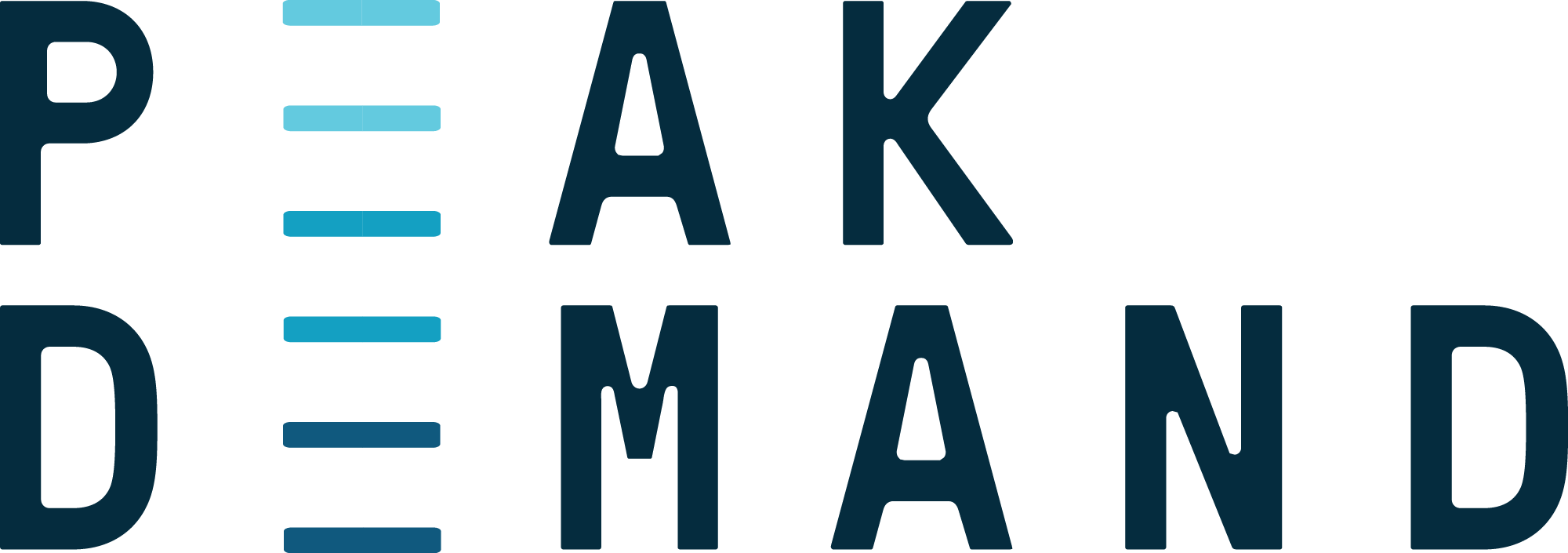The Talent Shortage – The Basics
Employer Blog, hiring process, hiring tips, job opportunities, recruiting services, talent shortage
In today’s job market there are less and less qualified professionals in the workforce leading to a global talent shortage. Organizations now have to work creatively to secure experienced workers and reduce turnover. Here is the basics of what’s going on:
- What’s Going On?
A June 2021 report by The Conference Board confirmed that there is a blue-collar labor shortage in construction and supply chain, but this is a trend that is affecting all levels of the job market. The talent shortage is a combination of several issues, including specialized jobs needing specialized workers, remote work expectations, wage inflation, lack of flexibility in companies hiring, and a new skill set in the highest demand.
- How Long Will This Last?
According to The Bureau of Labor Statistics, as of 2018, there were more job openings than unemployed people— for the first time ever! The challenge is amplified now and there is no end in sight. The talent shortage also affects competitiveness and workplace productivity, and most organizations do not have a strategy to combat this phenomenon. There is no concrete answer to how long this talent shortage will last – it will last for the foreseeable future. Recruiters and hiring managers should examine their current hiring strategies and adapt to fit current candidate expectations.
- Other Factors
COVID-19 changed the world of work. Some of the people that left the workforce are still hesitant to return. Others want to continue to have the flexibility to work from home at least some of the time. Many baby boomers that were close to retirement have permanently left the workforce as well. COVID-19 isn’t directly to blame for the talent shortage, but it has certainly contributed to it.
- Generational Differences
Generational differences are also a factor. Younger workers are looking for more flexibility, good pay, and developing skills. Younger generations are also looking to find jobs that align with their values, and jobs that offer a positive workplace environment. As Gen Z enters the workforce and Baby Boomers retire, standards are beginning to change and expectations of employee well-being are becoming the first priority to the new generation of talent.
- Skills in Demand
As skills and job requirements continue to evolve, soft skills such as collaboration, creativity, and reliability are becoming even more important. Emotional intelligence is now just as important as experience and hard skills. Talent with these skills could have more of a potential to grow in a role or an organization, and inquiring about a candidate’s adaptability and empathy to certain situations is becoming standard in the hiring process,
- Networking is a Must
It is important to cast as wide a net as you can to reel in the best talent. Because the market is so tight, networking via social media and through other organizations is essential to finding talent. Looking in non-traditional avenues, and widening your net to more diverse candidates that have unconventional skills that could be applicable may help in the hiring process. Read more about hiring in the digital age by checking out our other blogs, “Hiring in the 21st Century,” and “First Quarter Hiring Strategies.”
- Final Thoughts
While the talent shortage doesn’t look like it’s stopping anytime soon, organizations should consider what the newer generations of talent are interested in when making job postings, and be more open to diverse talent at all levels in the job market; and candidates should consider including more soft skills on their resumes to stand out. Mis-hires and turn-over are a concern for both employees and employers, so contacting Peak Demand is a great opportunity to find the perfect fit.
